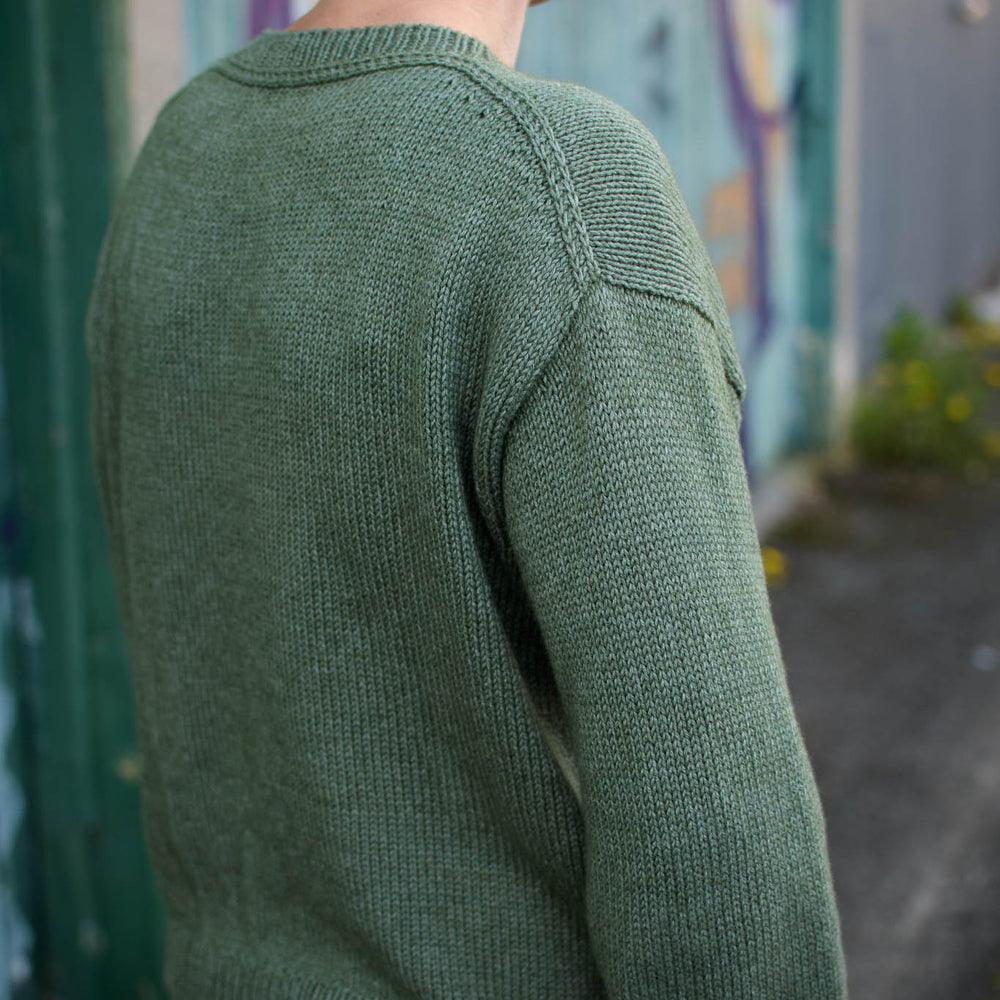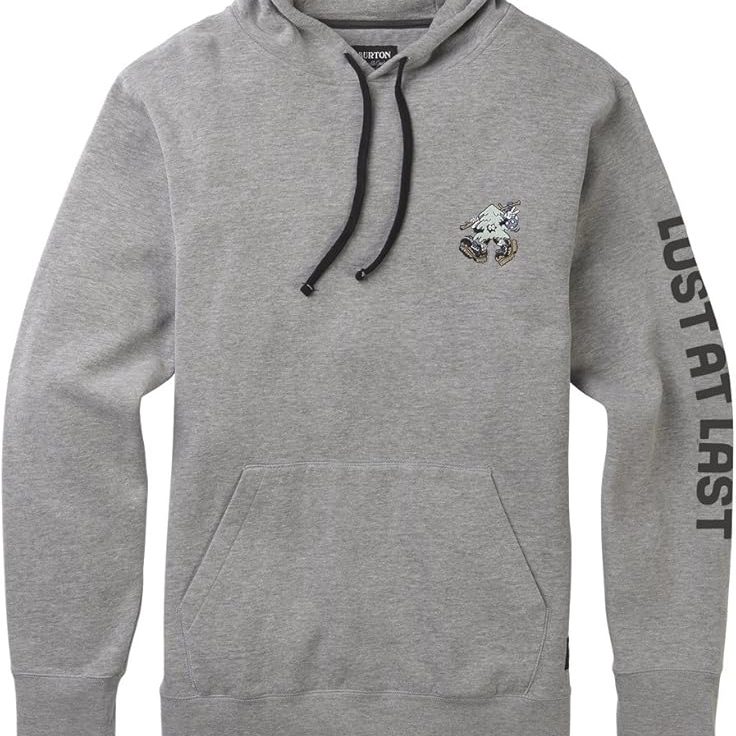Understanding Sweaters and Sweatshirts: An Introduction
Difference Between Sweater and Sweatshirt. People often use these terms interchangeably, yet they are quite distinct in style, fabric, and purpose. Understanding their differences requires a closer look at their histories, designs, and uses. Sweaters traditionally offer warmth and style, often made from knitted fabrics like wool or cotton. Sweatshirts, on the other hand, are primarily associated with athletic wear. They emerged as comfortable, casual wear made from materials like jersey or fleece. This introduction sets the foundation for diving deeper into the specific elements that define sweaters and sweatshirts and how they cater to various fashion needs.

Material Matters: Composition and Fabric
The material often defines a garment’s function and feel. Sweaters usually feature natural fibers like wool, cashmere, or cotton. These materials provide warmth and breathability, suiting them for cooler weather. The knitting process gives sweaters their distinct texture and elasticity. Sweatshirts, meanwhile, typically consist of cotton jersey or a cotton-polyester blend. Their soft, brushed interior provides comfort, making them ideal for casual and athletic activities. This fabric choice emphasizes flexibility and ease. Understanding these material distinctions explains why sweaters are more formal, whereas sweatshirts excel in comfort and durability. Each material choice impacts how the wear feels against the skin and responds to changes in temperature and activity.
Design Differences: Function and Shape
Design plays a crucial role in defining sweaters and sweatshirts. Sweaters often feature intricate designs, such as cables or fair isle patterns. They vary in styles, including cardigans, turtlenecks, and pullovers. These designs add to their versatility and appeal in casual and formal settings alike. Sweatshirts maintain a simpler design focused on functionality. They usually feature a ribbed cuff, hem, and neckline, providing minimalistic yet purposeful aesthetics. Sweatshirts often accommodate hoods and large front pockets. This sports-inspired design highlights utility over decoration. The differences in design reflect the garments’ intended uses. Sweaters serve as both functional clothing and fashion statements, while sweatshirts prioritize comfort.

The Fashion Statement: Style and Versatility
Style extends beyond function; it communicates personality and trends. Sweaters provide a wide range of styles suitable for various occasions. From business meetings to casual gatherings, sweaters offer a polished appearance. Layering becomes effortless, adding sophistication to ensembles. Sweatshirts, while primarily casual, have gained popularity in streetwear. Their relaxed style complements jeans and sneakers, embodying a laid-back attitude. Designers now pair sweatshirts with unexpected elements like blazers or skirts, creating a chic, high-low mix. The versatility of sweaters adds to their timeless appeal. Sweatshirts adapt to modern fashion landscapes, providing comfort with a hint of contemporary flair.
Material and Fabric Composition
Sweaters are a versatile and essential component of many wardrobes, primarily crafted from a selection of natural fibers such as wool, cashmere, and cotton. Each of these materials offers unique advantages that cater to different preferences and occasions. Woolen sweaters, renowned for their exceptional insulating properties, create a barrier against cold temperatures, making them ideal for chilly climates. The natural crimp of wool fibers allows for the retention of body heat, while also providing breathability, reducing the risk of overheating when transitioning between indoor and outdoor environments.
Cashmere, often considered the epitome of luxury in the realm of knitwear, stands out for its unparalleled softness and warmth. Derived from the undercoat of cashmere goats, this fine fiber offers a plush touch that feels exquisite against the skin. Cashmere sweaters are perfect for those who seek a blend of comfort and sophistication, making them suitable for both casual outings and formal occasions. However, their delicate nature calls for careful maintenance to preserve their quality over time.
Cotton sweaters, on the other hand, provide a lightweight and breathable option, making them a favorite for less chilly days or springtime layering. The softness and hypoallergenic qualities of cotton make it an excellent choice for individuals with sensitive skin. Furthermore, cotton is easy to care for, often allowing for machine washing and durability in everyday wear.

Design and Style: Shape and Silhouette
Sweaters embrace a variety of styles, from cardigans to pullovers. Designers often incorporate intricate knitting patterns like cable-knit or ribbed finishes. These designs add texture and visual interest. Sweatshirts typically feature a more relaxed and sporty design. They boast a crew-neck or hooded style, often with a front pouch pocket. The silhouette of sweaters tends to be more fitted. This allows for elegant layering. Sweatshirts favor a loose fit for maximum comfort and casual appeal. This design distinction highlights the versatility of sweaters in formal settings versus sweatshirts as casual wear.
Versatility in Styling: Mixing and Matching
Sweaters exhibit impressive versatility. You can pair them with trousers for office wear or jeans for a casual outing. They complement skirts for a chic feminine look. Layer them over shirts for a preppy style. Sweatshirts thrive in casual and athletic settings. Pair them with jeans or joggers for a laid-back outfit. They make perfect companions for sneakers and casual footwear. The versatility of these garments influences their placement in your wardrobe. Sweaters adapt to both formal and casual settings. Sweatshirts, however, remain stalwarts of comfort and casual wear. Choose based on the occasion to maximize style impact.
Seasonal Wear: When to Wear Each
Sweaters reign supreme in colder months. Their warmth and layering capabilities provide insulation against chilly weather. Wool and cashmere variants excel in retaining body heat. Sweatshirts, while also offering warmth, are more common in transitional weather. They work well in autumn and spring when temperatures fluctuate. Layer a sweatshirt under a jacket for extra warmth without sacrificing mobility. Each garment has its season. Understanding when and how to wear each maximizes wardrobe efficiency. Knowing the seasonal strengths of sweaters and sweatshirts ensures you stay stylishly prepared year-round.
Historical Context: Evolution and Popularity
Each garment carries its historical roots, shaping its journey through fashion. Sweaters began as functional attire for fishermen and laborers, ensuring warmth against harsh elements. As fashion evolved, sweaters transformed into sophisticated staples, loved by many across generations. Their practicality merged beautifully with fashion innovation. Sweatshirts originated as practical athletic wear. Brands like Champion introduced them for athletes, offering a durable, flexible clothing option. Their transition from sportswear to mainstream fashion highlights changing consumer needs and lifestyle shifts. Understanding these historical contexts helps appreciate the garments’ current status and ongoing evolution in fashion.
Making the Choice: What to Wear and When
Deciding between a sweater and a sweatshirt often depends on occasion and comfort preference. For formal or business environments, sweaters offer elegance and warmth. Their structured appearance adds professionalism and can easily enhance an outfit. For casual outings or relaxed settings, sweatshirts shine with their comfort-oriented design. Pairing them with jeans or joggers creates an effortless, stylish look. Weather also plays a role in choosing between the two. Sweaters work well in colder climates, while sweatshirts offer an excellent option for milder, breezy days. Knowing which garment suits an occasion or setting helps build a versatile, practical wardrobe. It provides fashion lovers with garments that meet style and comfort desires in seamless harmony.
Choosing between a sweater and a sweatshirt involves understanding key differences. Consider the material, design, and when you’ll wear it. Sweaters offer elegance and sophistication. Their variety suits numerous occasions and styles. Sweatshirts excel in comfort and casual appeal. Their practicality makes them favorites for leisure and sportier looks. Each serves unique purposes in fashion. Understanding their differences helps you build a versatile and functional wardrobe. Whether you seek warmth, style, or comfort, knowing when to choose a sweater or sweatshirt is essential. Embrace both to enjoy the full spectrum of comfort and style options.
